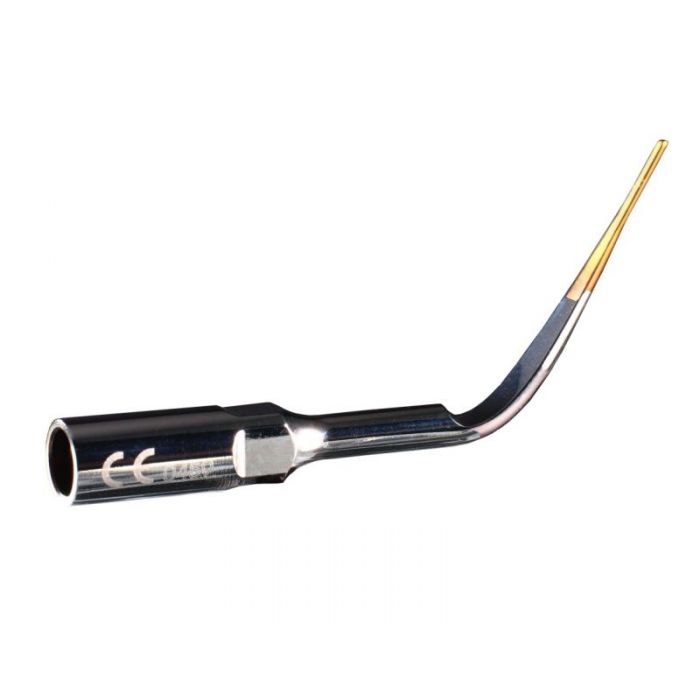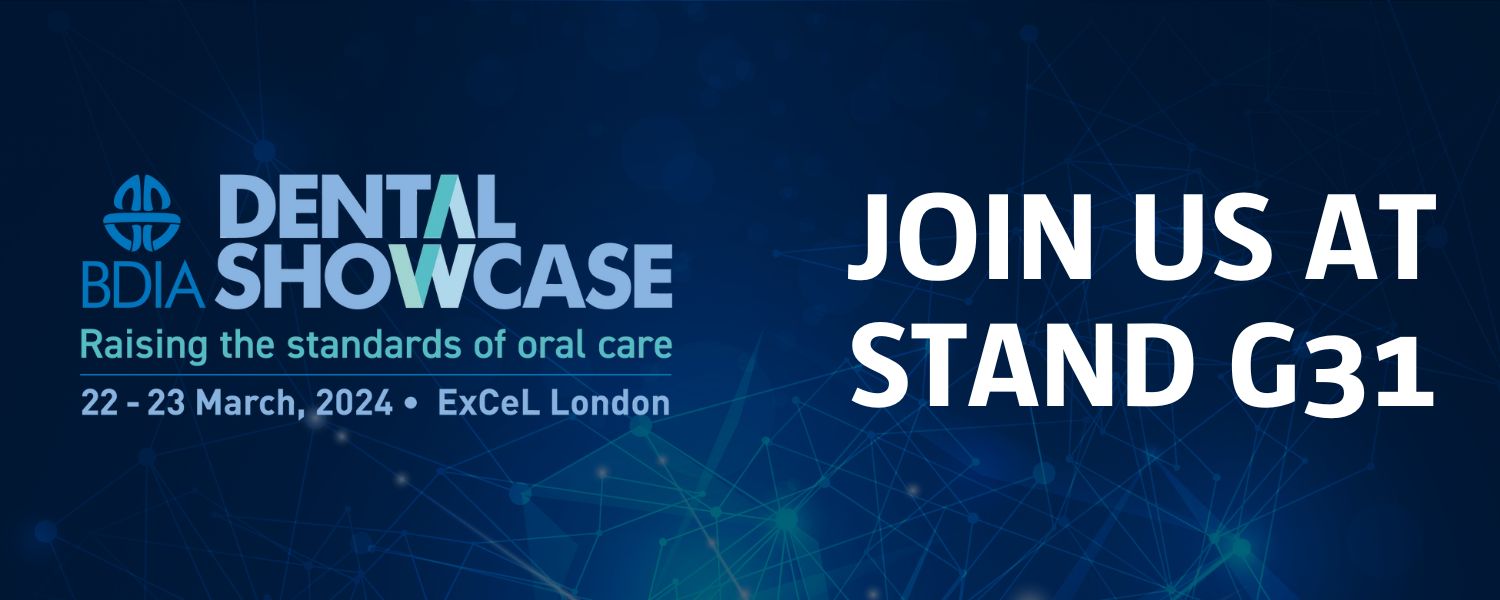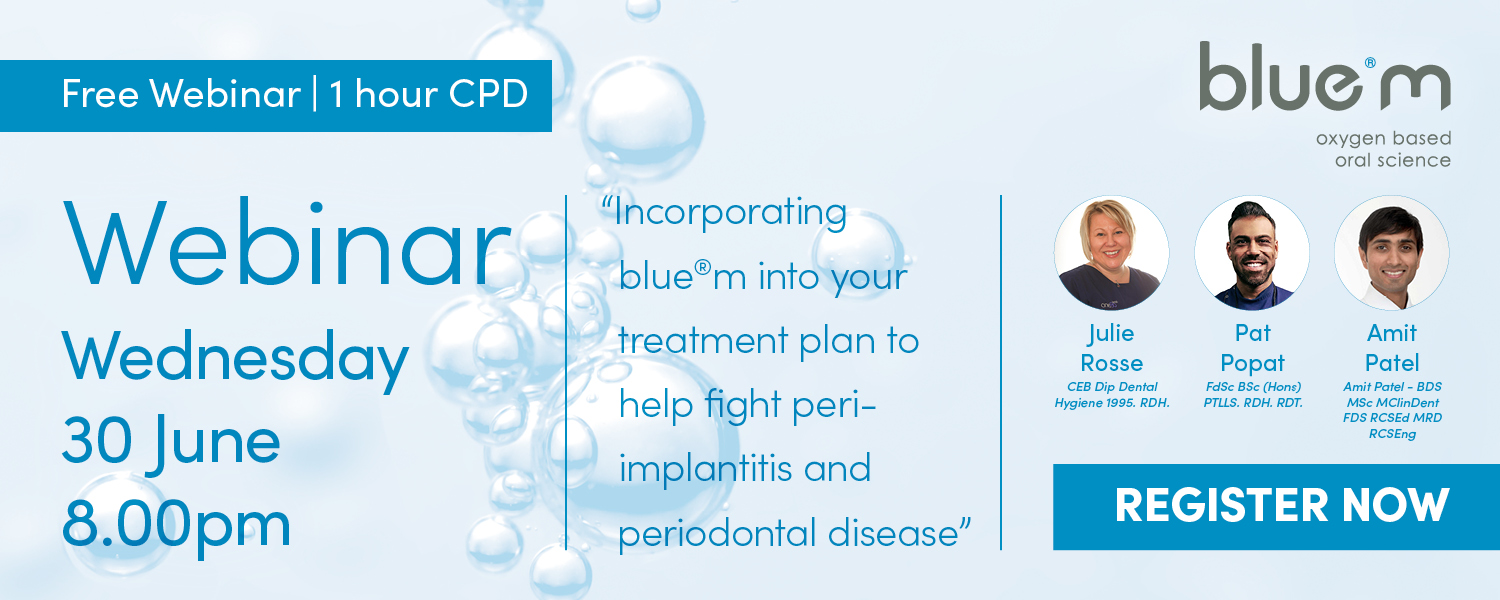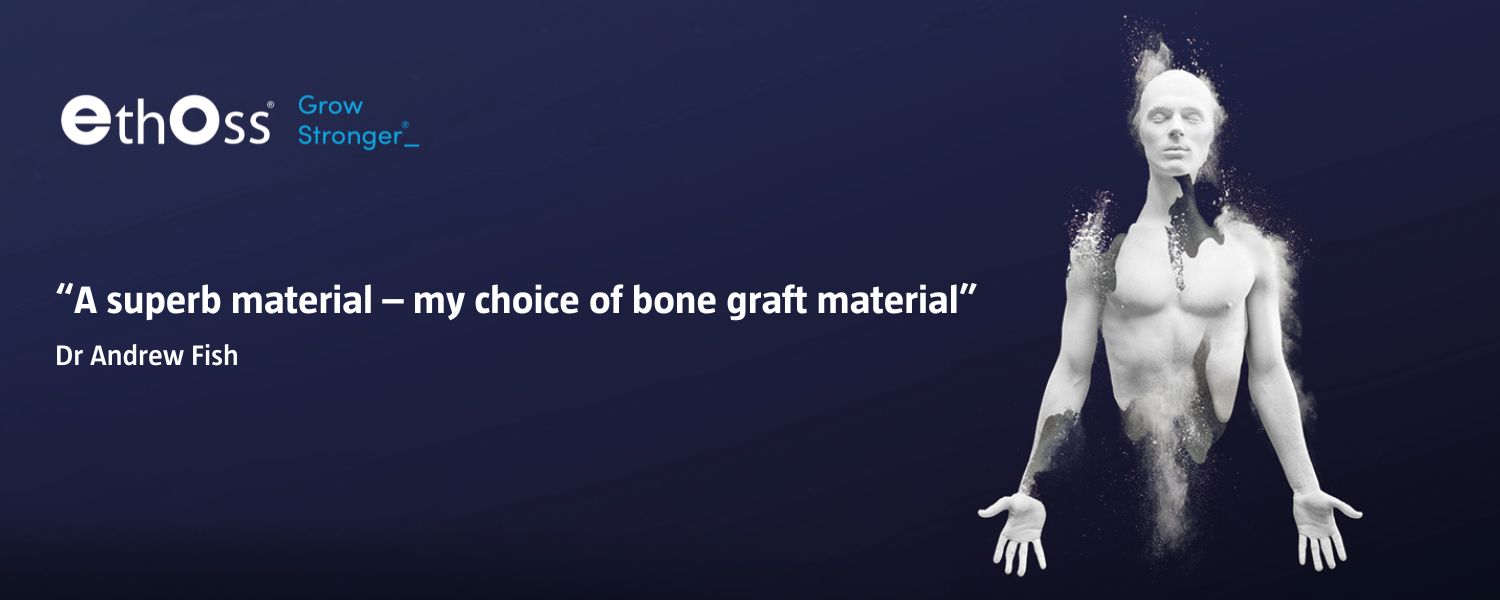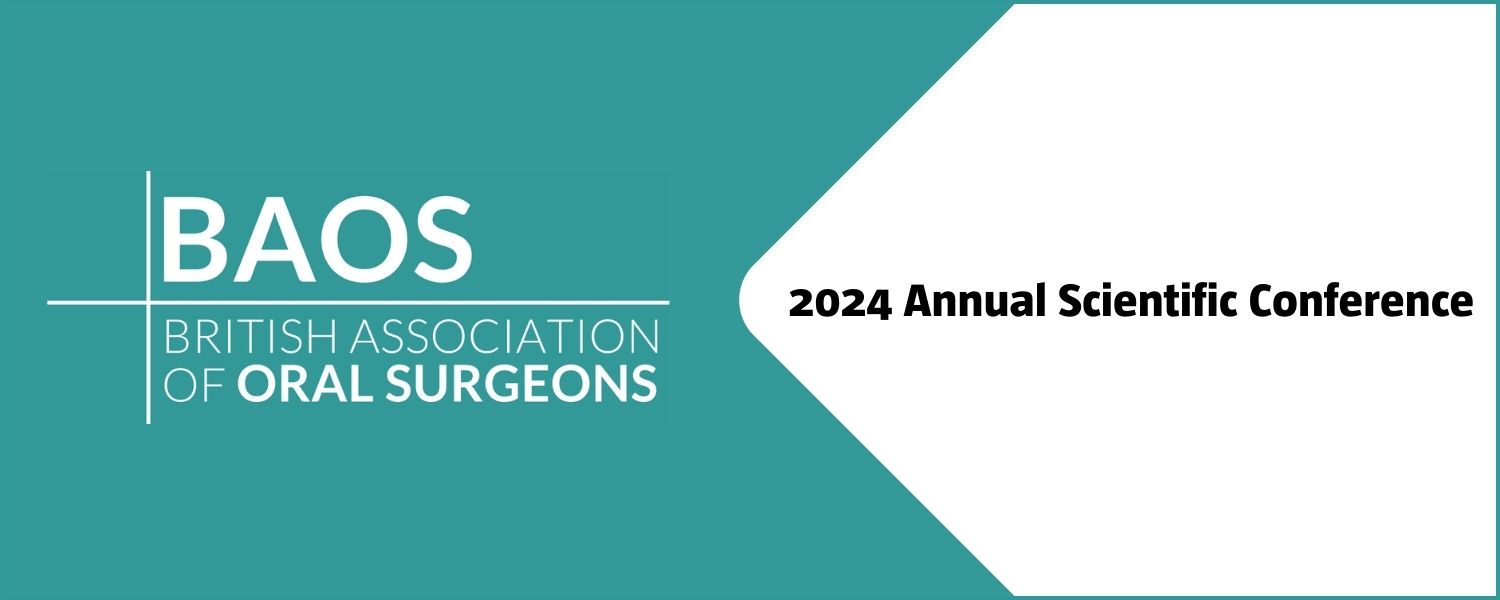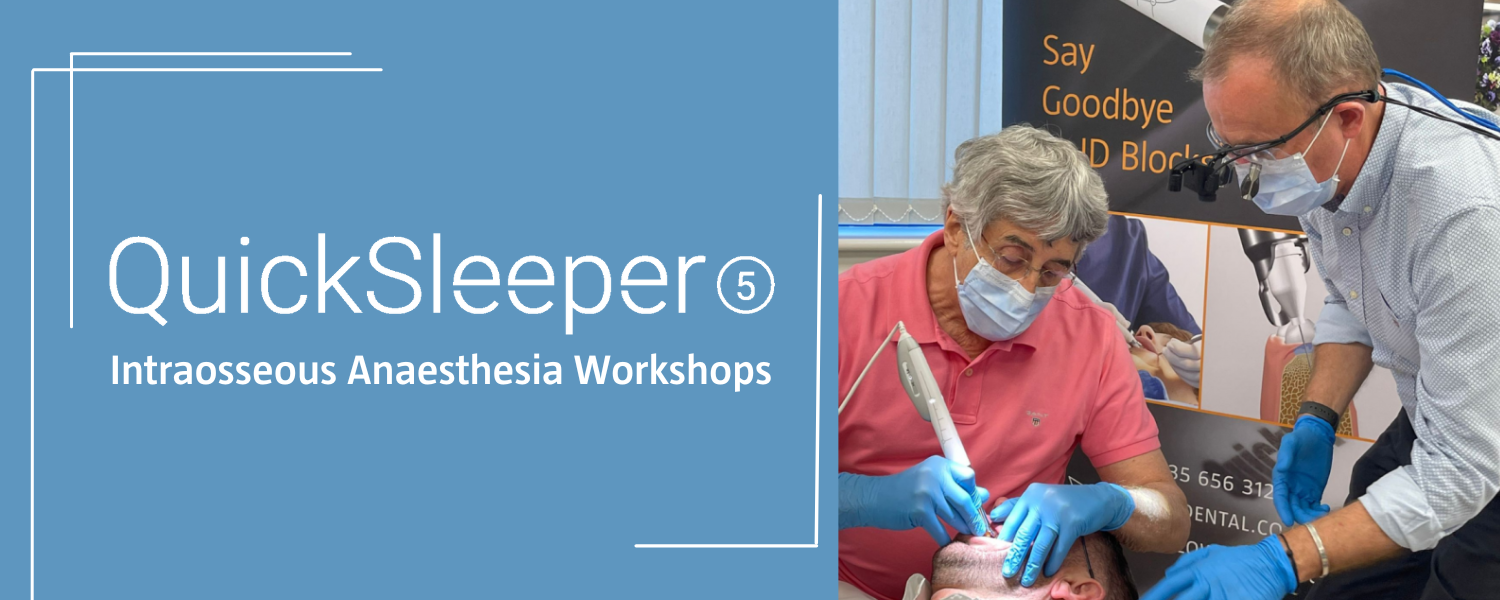Primarni or Armani? Pat Popat Talks to Smile
Dental Hygienist and friend of Swallow Dental, Pat Popat, talks to Smile about the benefits of ultrasonic scaling.
Primarni or Armani: Not All Ultrasonic Tips are Created Equal
When I first trained as a hygienist I thought that all instruments were alike, but I suppose, on reflection, they are just like clothes or cars; there are differences between manufacturers and you cannot beat high quality.
It is also true that technology moves on and with this, we hopefully get more effective and efficient products that make our patient outcomes better.
A "Must-Have" Technology
Ultrasonic scaling has developed into a “must-have” technology that is widely accepted by hygienists and dentists alike for the effective removal of biofilm and calculus. However, the debate between how best to utilise ultrasonic scaling and hand instruments in our daily practice still goes on with both having distinct advantages and disadvantages.
In my view, it is not a battle about whether hand scaling is better than ultrasonic scaling or vice versa, but a decision based on which mix of the available techniques produces the best outcome for our patients.
Providing the Best For Patients
We, as practising professionals, have to consider many things in our daily treatment regime and under normal circumstances, a successful patient outcome would be top of our list with time efficiency and patient comfort following on closely.
It is an obvious statement that ultrasonic scalers can quickly and effectively remove biofilm, calculus and staining and if a high-quality tip is used then this can be achieved without causing undue discomfort to our patients. This may enable treatment times to be shorter, but speed is not everything.
We all want to do the best for our patients and, in my view, a mixture of both ultrasonic scaling for speed and hand scaling for tactile discrimination gives the best outcome for my patients. My aim has always been to provide a calm, safe and stress-free experience for my patients and a mixture of the two techniques works very well.
It is hard to believe and often quoted, that ultrasonic scaling dates back almost 60 years. However, I am sure that the technology that goes into the design of tips now is significantly better than those that were used all that time back.
Introduction to Scorpion
About 18 months ago I was introduced to the Scorpion 25K & 30K ultrasonic tips by Swallow Dental Supplies (www.swallowdental.co.uk). This convinced me that not all tips are the same.
For example, the Scorpion tip was not only fine but has been designed to oscillate consistently, and at a high amplitude so that the power can be turned down to a very low setting without affecting its effectiveness.
This makes ultrasonic scaling a much more comfortable experience for my patients and helps me to be more precise with my scaling. Less brute force and more finesse. Also, the tip contains a very clever little groove that enables it to stay efficient even as it wears.
The gold ceramic coating also tells me when it is worn out, so I do not have to keep measuring the length of the tip. All of these simple clever little features allow me to use the light pressure and bi-directional movements recommended by those in the know.
Apparently, too many of us apply far too much pressure when using ultrasonic scalers, but this reduces the efficiency of the insert. The adoption of a reduced pressure not only increases the efficiency of the scaling but may reduce the risk of damage to the cementum.
The downside is that Scorpion only makes one tip design. However, I find that the fine design of this tip allows great access for all of my general scaling prior to hand scaling.
Conclusion
So what has this discovery told me? Well, for a start, not all ultrasonic tips are the same. Some are more effective than others. It has also told me that ultrasonic scaling is not a panacea, but is just one of the tools in our armamentarium in the fight for cleaner mouths.
About the Author
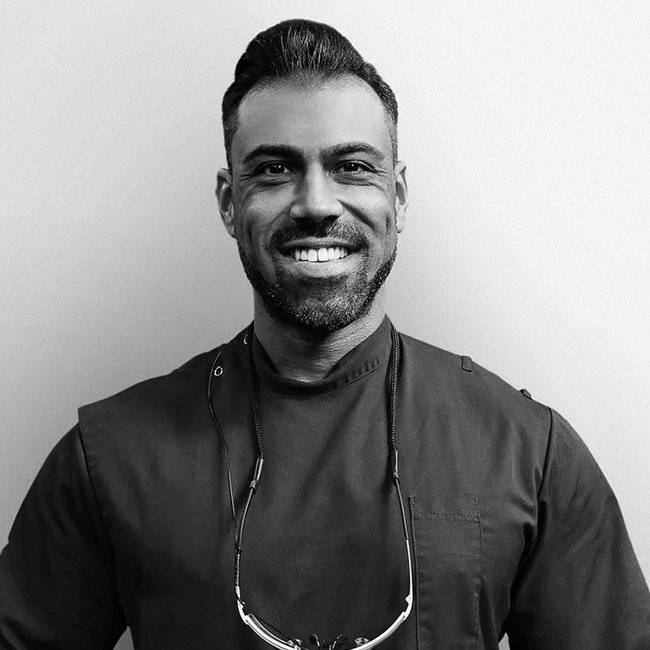
Pat Popat is a Registered Dental Hygienist in specialist referral and general dental practices across Essex, Hertfordshire & Suffolk. He is course director & lead tutor for dental nurse training at The Ipswich Hospital and an examiner for the National Examining Board for Dental Nurses.
He is currently studying a BSc in Oral Health Science at the University of Essex.
Dental Hygienist and friend of Swallow Dental, Pat Popat, talks to Smile about the benefits of ultrasonic scaling.
Primarni or Armani: Not All Ultrasonic Tips are Created Equal
When I first trained as a hygienist I thought that all instruments were alike, but I suppose, on reflection, they are just like clothes or cars; there are differences between manufacturers and you cannot beat high quality.
It is also true that technology moves on and with this, we hopefully get more effective and efficient products that make our patient outcomes better.
A "Must-Have" Technology
Ultrasonic scaling has developed into a “must-have” technology that is widely accepted by hygienists and dentists alike for the effective removal of biofilm and calculus. However, the debate between how best to utilise ultrasonic scaling and hand instruments in our daily practice still goes on with both having distinct advantages and disadvantages.
In my view, it is not a battle about whether hand scaling is better than ultrasonic scaling or vice versa, but a decision based on which mix of the available techniques produces the best outcome for our patients.
Providing the Best For Patients
We, as practising professionals, have to consider many things in our daily treatment regime and under normal circumstances, a successful patient outcome would be top of our list with time efficiency and patient comfort following on closely.
It is an obvious statement that ultrasonic scalers can quickly and effectively remove biofilm, calculus and staining and if a high-quality tip is used then this can be achieved without causing undue discomfort to our patients. This may enable treatment times to be shorter, but speed is not everything.
We all want to do the best for our patients and, in my view, a mixture of both ultrasonic scaling for speed and hand scaling for tactile discrimination gives the best outcome for my patients. My aim has always been to provide a calm, safe and stress-free experience for my patients and a mixture of the two techniques works very well.
It is hard to believe and often quoted, that ultrasonic scaling dates back almost 60 years. However, I am sure that the technology that goes into the design of tips now is significantly better than those that were used all that time back.
Introduction to Scorpion
About 18 months ago I was introduced to the Scorpion 25K & 30K ultrasonic tips by Swallow Dental Supplies (www.swallowdental.co.uk). This convinced me that not all tips are the same.
For example, the Scorpion tip was not only fine but has been designed to oscillate consistently, and at a high amplitude so that the power can be turned down to a very low setting without affecting its effectiveness.
This makes ultrasonic scaling a much more comfortable experience for my patients and helps me to be more precise with my scaling. Less brute force and more finesse. Also, the tip contains a very clever little groove that enables it to stay efficient even as it wears.
The gold ceramic coating also tells me when it is worn out, so I do not have to keep measuring the length of the tip. All of these simple clever little features allow me to use the light pressure and bi-directional movements recommended by those in the know.
Apparently, too many of us apply far too much pressure when using ultrasonic scalers, but this reduces the efficiency of the insert. The adoption of a reduced pressure not only increases the efficiency of the scaling but may reduce the risk of damage to the cementum.
The downside is that Scorpion only makes one tip design. However, I find that the fine design of this tip allows great access for all of my general scaling prior to hand scaling.
Conclusion
So what has this discovery told me? Well, for a start, not all ultrasonic tips are the same. Some are more effective than others. It has also told me that ultrasonic scaling is not a panacea, but is just one of the tools in our armamentarium in the fight for cleaner mouths.
About the Author

Pat Popat is a Registered Dental Hygienist in specialist referral and general dental practices across Essex, Hertfordshire & Suffolk. He is course director & lead tutor for dental nurse training at The Ipswich Hospital and an examiner for the National Examining Board for Dental Nurses.
He is currently studying a BSc in Oral Health Science at the University of Essex.

